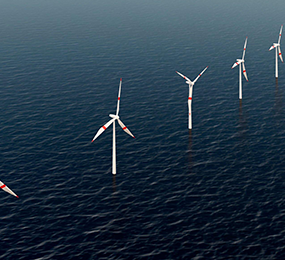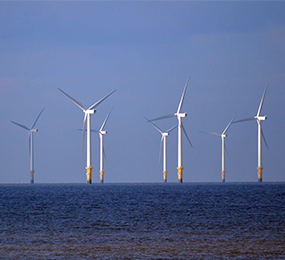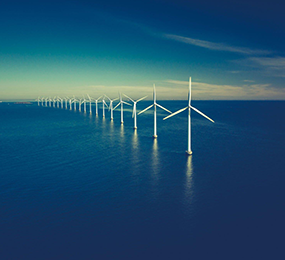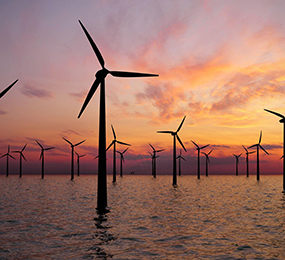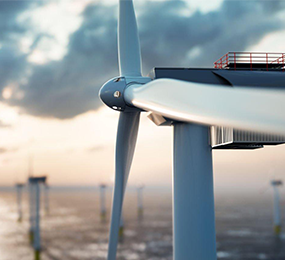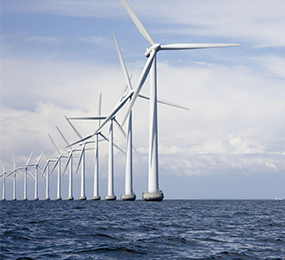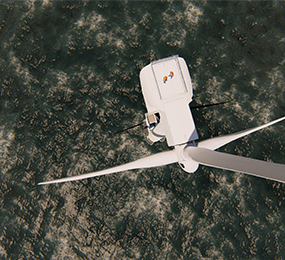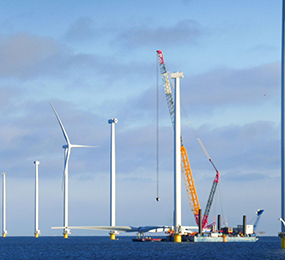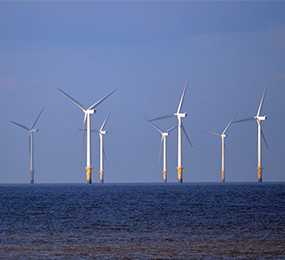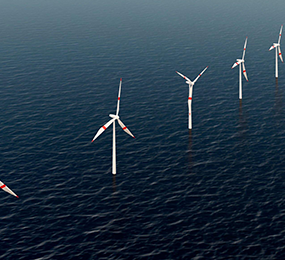Floating Wind Farms: Harnessing Europe's Offshore Wind Potential
Floating wind farms have emerged as a groundbreaking solution for harnessing Europe's vast offshore wind potential. As countries strive to transition to clean and sustainable energy sources, these innovative structures offer a promising way to tap into the abundant wind resources of the open sea.
Unlike traditional fixed-bottom offshore wind farms, floating wind farms can be deployed in deeper waters, where wind speeds are higher and more consistent. This unlocks a significant expansion of offshore areas for wind energy production, increasing the capacity for renewable power generation and reducing dependence on fossil fuels.
Floating wind farms offer several advantages over their fixed counterparts. Their mobility and adaptability allow for strategic placement in optimal wind locations, maximizing energy production. Additionally, the floating foundation technology enables the use of larger and more efficient wind turbines, further enhancing the energy output.
Moreover, floating wind farms provide a sustainable energy solution for regions with challenging seabed conditions or sensitive marine environments. By utilizing floating structures, there is minimal disruption to the seabed and marine ecosystems, reducing environmental impacts and preserving biodiversity.
Floating wind farms also contribute to job creation and economic growth. The development and operation of these farms require a skilled workforce, fostering employment opportunities in manufacturing, installation, and maintenance. Furthermore, investments in floating wind technologies stimulate local economies, attracting investments and supporting the growth of a vibrant renewable energy sector.
In terms of scalability, floating wind farms offer immense potential for expansion. Europe's offshore areas hold vast wind resources that can be effectively utilized through the deployment of floating turbines. As technology continues to advance and costs decrease, floating wind farms have the potential to become a mainstream renewable energy solution, playing a significant role in Europe's energy transition.
However, it is crucial to acknowledge the ongoing challenges in the development of floating wind farms. The costs associated with initial deployment and grid connection need to be further optimized to ensure commercial viability and competitiveness with other energy sources. Continued research and development efforts are essential to enhance efficiency, reduce costs, and overcome technical barriers.
In conclusion, floating wind farms are a groundbreaking technology that enables Europe to harness its offshore wind potential effectively. By capitalizing on the abundant wind resources of the open sea, floating wind farms provide a sustainable and scalable solution for clean energy generation. With their mobility, adaptability, and minimal environmental impact, floating wind farms have the potential to play a transformative role in Europe's renewable energy landscape, driving the transition towards a more sustainable and carbon-neutral future.
Visit our website to know more: https://www.leadventgrp.com/events/4th-annual-floating-wind-europe/details
For more information and group participation, contact us: [email protected]
Leadvent Group - Industry Leading Events for Business Leaders!
www.leadventgrp.com| [email protected]


